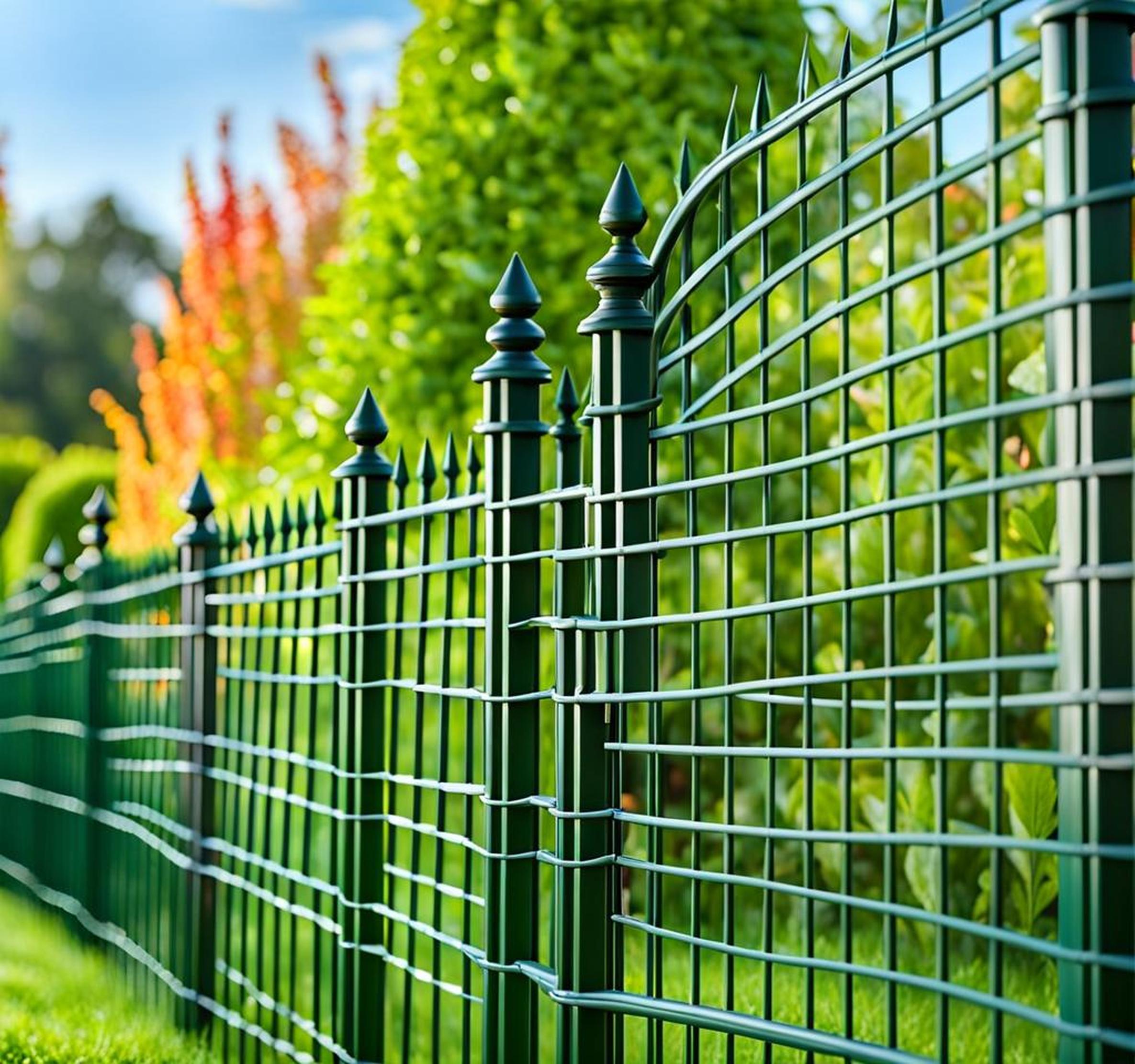Gardens provide a sanctuary, allowing us to connect with nature while adding beauty and purpose to outdoor spaces. However, pests, weather damage, and lack of privacy can quickly turn your garden dreams into a frustrating reality. Plastic fencing offers a customizable, eco-friendly solution to protect your plants while defining garden beds and barriers.
With, durable construction, hassle-free maintenance, and affordability, plastic fences transform backyards into thriving garden oases.
Materials Used for Plastic Garden Fencing
Today’s plastic fences utilize advanced manufacturing techniques and recycled materials to create weather-resistant, sustainable products:

- Polypropylene – Flexible, sturdy panels resist temperature extremes, moisture, and UV rays.
- Recycled Plastics – Reduces waste while meeting durability standards.
- UV Protection – Additives prevent sun damage and fading.
- Fire Retardants – Options with fire-resistant properties for high-risk regions.
Benefits of Using Plastic Fencing in Gardens
Customizable to Any Garden
Plastic fencing offers extensive size, shape, color and mesh pattern options to suit unique spaces:
- Sizes – Panels from 18 inches to 8 feet tall and various lengths.
- Shapes – Straight, curved, or corner panels.
- Colors – Neutrals like black, tan, green or brighter shades.
- Mesh Patterns – Square, diamond, hexagonal and more.
Protects Plants While Looking Great
Durable plastic barriers keep animal intruders at bay without detracting from your landscape:
- Block deer, rabbits, groundhogs – Protect vulnerable plants.
- Provides shelter – Creates ideal microclimate.
- Allows sun and airflow – Prevent mold and disease.
Hassle-Free Installation & Maintenance
Anyone can install plastic fencing thanks to lightweight panels and simple components:
- Lightweight – Easy to transport and position.
- No tools – Just post anchors, mallet and ties.
- Unroll and secure – Attach to posts with cable ties.
- Low maintenance – Doesn’t rust, warp or rot.
- Easy cleaning – Just hose off occasionally.
Affordable Long-Term Investment
Plastic garden fencing delivers enduring performance at a fraction of the cost of wood, metal or stone:
- Budget-friendly – Lower upfront costs.
- Durable – Stands up to all weather conditions.
- Long-lasting – Won’t degrade for many years.
Types of Plastic Fencing for Gardens
Garden Enclosures
Protect vulnerable new plants with plastic mesh pens:
- Safeguard seed beds – Keep birds/critters out.
- Make mini-greenhouses – Foster growth.
- Surround raised beds – Maximize planting space.
Vertical/Horizontal Screens
Define spaces and block unwanted sights or sounds with freestanding panels:
- Zone areas – Visually separate “rooms.”
- Direct foot traffic – Guide people.
- Preserve views – Frame focal points.
- Dampen noise – Enjoy peaceful ambiance.
Plant Supports
Rely on durable plastic frameworks encourage climbing fruits and vines:
- Trellises – Train tomatoes, beans, cucumbers up instead of out.
- Berry towers – Support raspberries, blackberries.
- Stakes – Stabilize small trees/shrubs.
Additional Accessories
Specialized components tailor plastic fences to specific spaces and needs:
- Posts – Set heights from 1.5 feet up to 8 feet.
- Cable ties – Secure panels to pole framework.
- Clips – Connect multiple panel sections.
Getting Creative: Unique Ways to Use
With limitless possibilities, plastic fencing liberates DIYers to get creative:
- Privacy screens – Block unwanted views.
- Pool enclosures – Prevent child access.
- Pet barriers – Protect landscaping.
- Sound dampeners – Reduce noise pollution.
Installing Plastic Garden Fencing
Planning the Layout
Careful measurements ensure you purchase the right materials:
- Measure area – Jot down dimensions.
- Mark post spots – Space accordingly.
Securing the Posts
Anchor framework to support fencing panels:
- Hammer underground – Use post pounder tool.
- Dig holes for concrete – Hold in place while drying.
Unraveling the Fencing
Simply roll out panels and connect:
- Unroll panels – Butt edges together.
- Overlap as needed – Connect multiple pieces.
Finishing Touches
Attach panels to mapped framework:
- Use cable ties – Wrap and tighten to secure.
- Add accessories – Trellises, screens, etc.
With minimal effort, plastic barriers retain their integrity for years:
- Inspect fencing – Check for holes or sagging.
- Patch small holes – Use plastic welding compound.
- Remove debris – Hose away leaves, dirt, etc.
Creating a durable, sustainable garden oasis is within reach. Plastic fencing offers the versatility to turn backyards into secluded retreats with room for imagination. Protect your landscape investments while defining spaces that nurture growth for years to come with these eco-friendly barriers.
